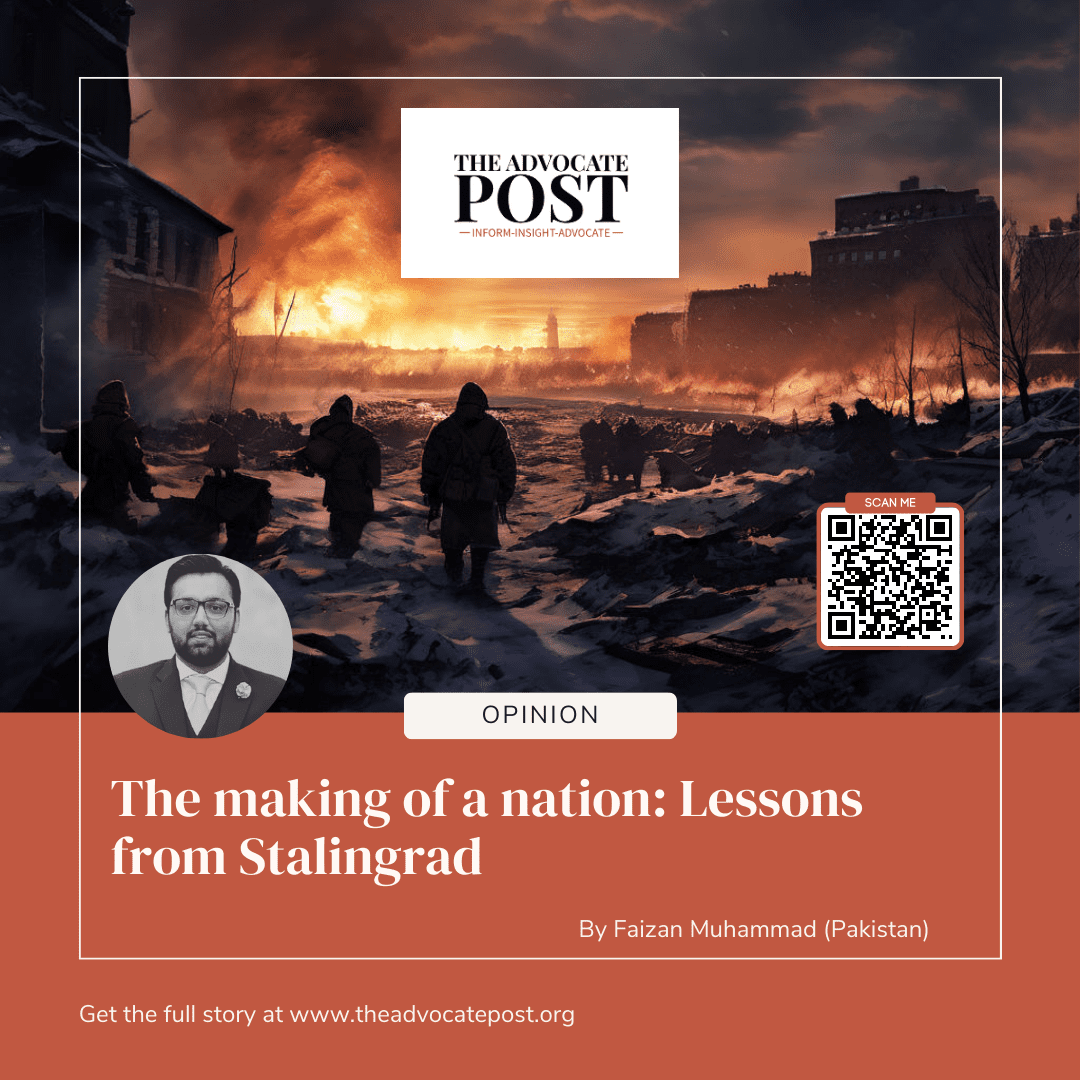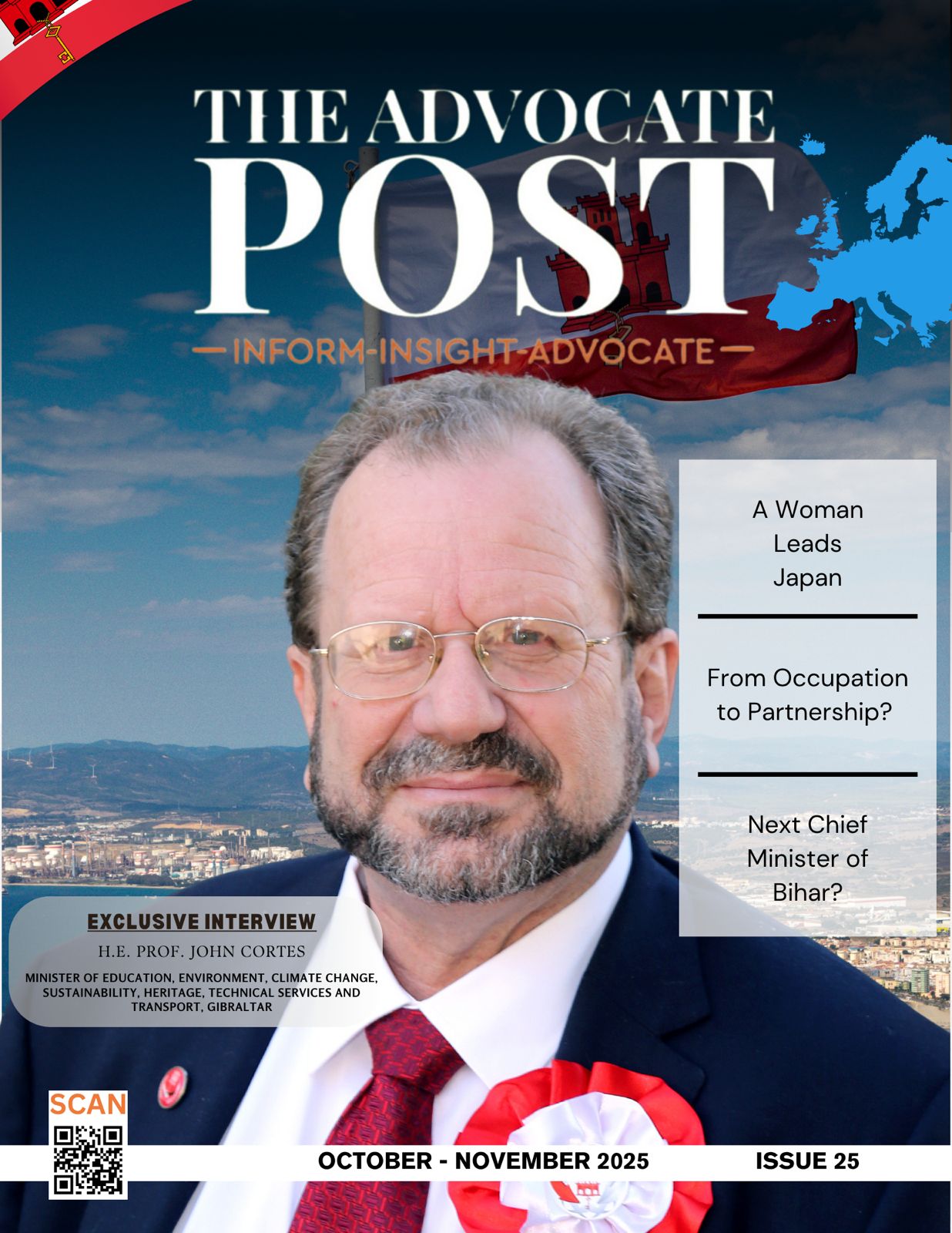By Faizan Muhammad (Pakistan)
One of the most epic tales of brutality and nation building. Allow me to set the stage, in august 1939 Adolf Hitler and Joseph Stalin sign a treaty of non-aggression pact. Hitler was expanding Germany towards eastern Austria and occupying Czechoslovakia. This pact confounded most as Hitler’s hatred towards Russia and communism was made evident from his early days in leadership. It is important to note here that a lot of confusion lies with regard to Hitlers Ideology as it is often perceived as communistic, nothing can be further from the truth rather Hitler was pursuing the goal of Aryan supremacy. It is perhaps for this reason that the non-aggression pact was confusing to the Germans and the Russians. The true nature of the pact became evident when the Germans invaded Poland from the West and the Russian invaded from the east and in a few weeks Polish armies surrender and Poland was divided amongst the victors. Poland was consumed by fascism and communism expansionism. Stalin was somewhat fulfilled by his land grab but the German forces blitz their way towards western and central Europe, smashing democracies such as Norway, Belgium and France. Stalin at first was agreeable to the idea of Hitler conquering the major portion of Europe but soon became wary of Hitlers plans of world domination.
The western front was already open and very active, no one thought that Hitler would open a second front and attack the soviet empire but to the shock of the world,Hitler opened the second front invading parts of Soviet Union and marching towards Moscow. Hitler was of the view that a country based on communism only need a push to be brought down. Hitler employed the tried and tested method of blitzkrieg, starting with aerial attacks then by mobilizing the tanks and artillery and finally moving in for the final stroke with the infantry. The idea was to move fast and conquer the Soviet Union in a span of 6 to 8 weeks. The Germanswere confident of their tactics as the same had worked in the rest of Europe.
This is evident by the fact that the Germans were able to conquer vast territories in a span of 6 weeks, holding a line that stretched from Leningrad to Rostov, with the red army suffering astonishing casualties losing three million soldiers. To ensure that the Nazi army is fed and well equipped the German high command decide to send its troop to take the oil field in the south. At the time of planning their route to the oil field, the German high command spotted an opportunity to strike a humiliation on the Stalin and more importantly the but also the soviet people. The city of Stalingrad is not just important from a military stand point but also because of its name “Stalingrad” which is the city where Stalin made his name as an organizer and a leader in the Russian civil war
On the 28th of July Stalin issued order 227 urging “Not one step back”, he shamed the red army because of their failure to respond and their conviction to the mother land. This resonated with the Soviet army and a sense of ownership to mother Russia was lit. The hatred for the invaders and their atrocities towards the local Populus causes the Russian society to come as one, a feeling of commonality in purpose brought the Russian society together, working shoulder to shoulder in the cause to protect the mother land.
At the front-line people of Stalingrad, started their preparations in which every member of the city contributed. Children as young as 6 helped in digging ditches to slow the Wehrmacht ahead of the German advance. The policy of scorched earth was adopted where every useful object that could possibly be used by the charging army was burned, all essentials and possible utilities were destroyed. This set the stage for one of the most brutal wars of the second world war. It is important to note here that the Russians were not only on the defense but also were less experienced than their attackers in war. There was no escaping the horrors of Stalingrad, Soviet forces are estimated to have suffered 1,100,000 casualties, and approximately 40,000 civilians died.
Even when the majority of the city was captured by the Germans and the city itself was reduced to a pile of rubble, the soviets did not give up. Employing guerrilla warfare and the use of snipers due to the close quarters of war. The soviet general Chuikov made a determined stand using the policy of bear hug where the German army was allowed to come in very close quarters with the Russians allowing Russians a more equal chance for the fight. Even the women served in the army as snipers, every member of the society contributed which eventually led to victory.
The lesson we can learn from this epic and gruesome battle is that the common populas needs to have astrong sense of ownership towards their country and the people need to feel that they are loved and cared for by their country. If this sense is developed in the people of a country, they will fight tooth and nail to safeguard their land even in the face of stark opposition and impossible odds. This is not to say that one needs to be a nationalist to the disadvantage of other people. Being secular is not enough but more importantly it needs to be truly accepting of others. This is where fascism becomes obsolete and the love and benefit of the country take precedence.





